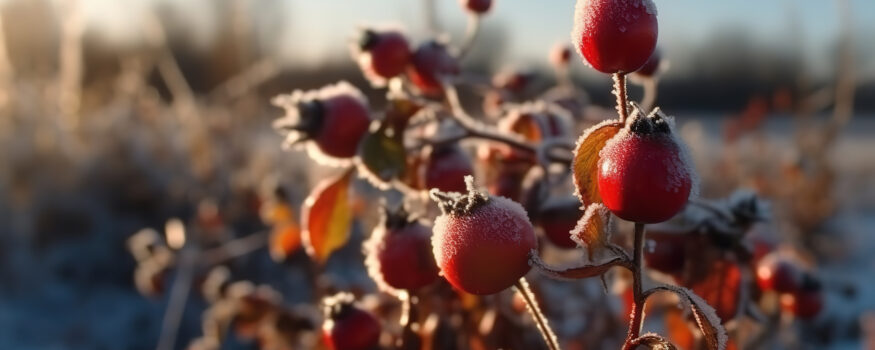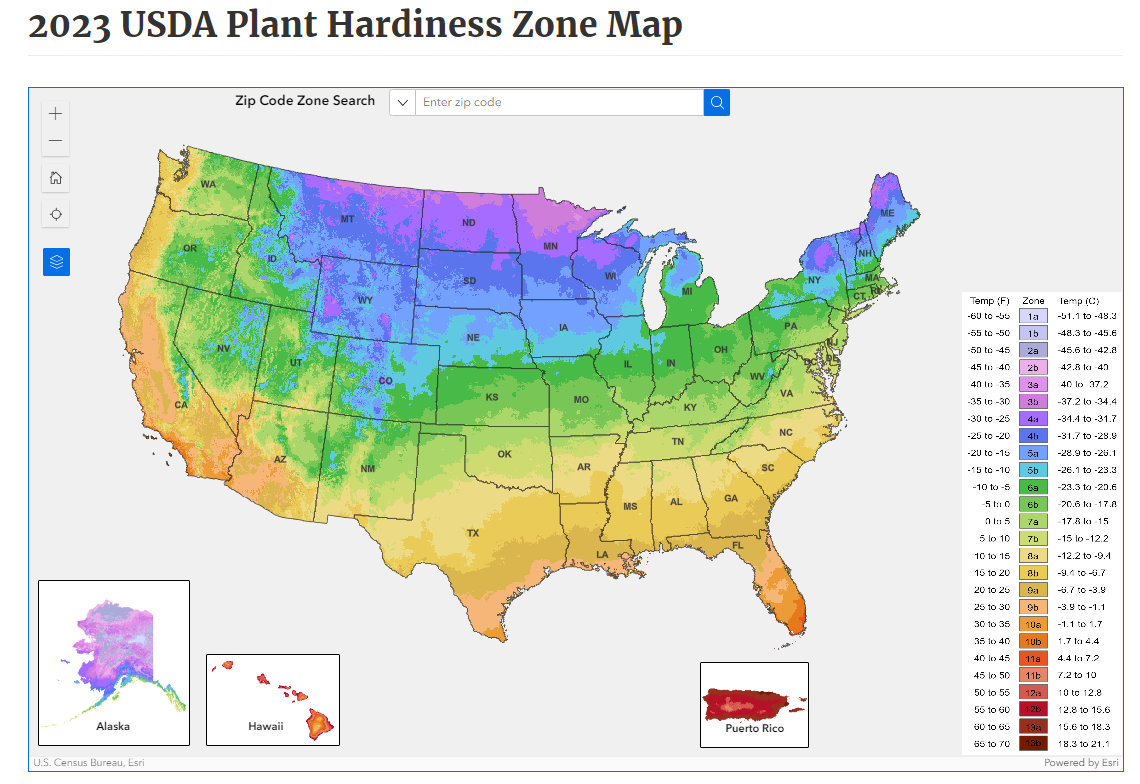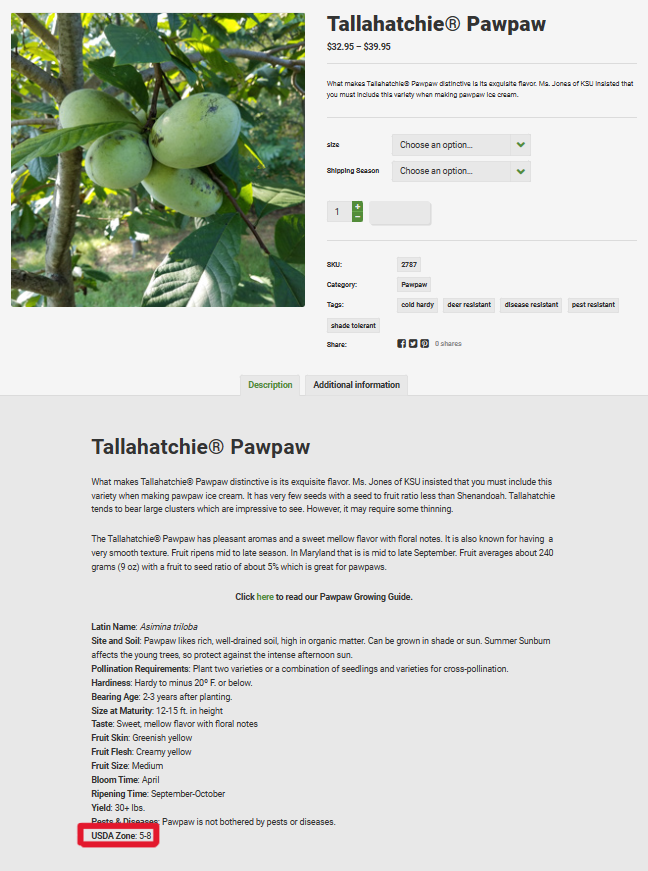- Shop
- Apparel
- Berries
- Books
- Bundles
- Citrus
- Fertilizer & Pest Control
- Fruiting Ground Covers
- Fruiting Shrubs
- Fruiting Trees
- Herbs, Spices, and Teas
- Mason Bees
- Nitrogen Fixers and Companion Plants
- Northwest Natives
- Nut Trees
- Ornamentals & More
- Perennial Vegetables
- Rootstock
- Subtropical Fruits
- Tools
- Vines
- Xeriscape
- Sale Items
- Information
- Nursery News
- Contact Us
- My Account

Understanding USDA Cold Hardiness Zones
When you’re looking for what varieties of perennial plants will thrive in your local area, one of the best and most widely used indicators is the USDA’s Plant Hardiness Zones. But what does this map mean and how can we use it to help choose our plants?
The zones on this map are determined by the average annual extreme cold temperatures of an area. The zones start at Zone 1 which has an extreme low of -55°F and go up 10°F with each number. Each zone is divided into subzones of 5°F increments, labeled ‘a’ and ‘b’. Subzone ‘a’ representing the colder half, and subzone ‘b’ representing the warmer half. For example Zone 7a includes temperatures 0°F-5°F, and Zone 7b includes temperatures 5°F-10°F

How to use this map:
The zones represent the average coldest temperatures throughout the last 30 years. The most current map represents the averages from 1991-2020. It is important to note that these hardiness zones are based on the average coldest temperatures, therefore on occasion the temperatures in one’s area may drop lower than the zone indicates. It is also important to be familiar with the space you are planting in, and any microclimates that exist there. Microclimates are small areas that may experience temperatures different from the larger surrounding area due to elevation, sun exposure, soil moisture, etc.
As stated by the USDA, here are other factors to consider when planning your landscape:
Light: To thrive, plants need to be planted where they will receive the proper amount of light. For example, plants that require partial shade that are at the limits of hardiness in your area might be injured by too much sun during the winter because it might cause rapid changes in the plant’s internal temperature.
Soil moisture: Plants have different requirements for soil moisture, and this might vary seasonally. Plants that might otherwise be hardy in your zone might be injured if soil moisture is too dry in late autumn, and they enter dormancy while suffering moisture stress.
Temperature: Plants grow best within a range of optimal temperatures, both cold and hot. That range may be wide for some varieties and species but narrow for others.
Duration of exposure to cold: Many plants that can survive a short period of exposure to cold may not tolerate longer periods of cold weather.
Humidity: High relative humidity limits cold damage by reducing moisture loss from leaves, branches, and buds. Cold injury can be more severe if the humidity is low, especially for evergreens.
How do I find my zone?
Now that you understand what the zones mean, how do you find yours?
- Go to the USDA’s Zone Map website: https://planthardiness.ars.usda.gov/
- Enter your zip code into the search bar at the top of the map, press enter, and click the city that pops up under the search bar.
- Explore your area using the Zoom buttons on the left side of the map, and use you mouse to move the map.
How to find a plant’s zone on One Green World’s website:

- Find the plant you’re looking for on our website, either by using the search bar at the top left, OR by selecting the “Shop” drop down menu and clicking different categories to search through.
- Once you have found the plant you are looking for, scroll down to the bottom of the page, where you will find in bold “USDA Zone” and either a range of zones or a single zone will be listed as the suitable planting zone.
